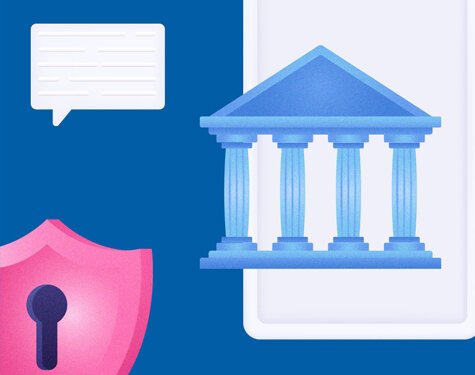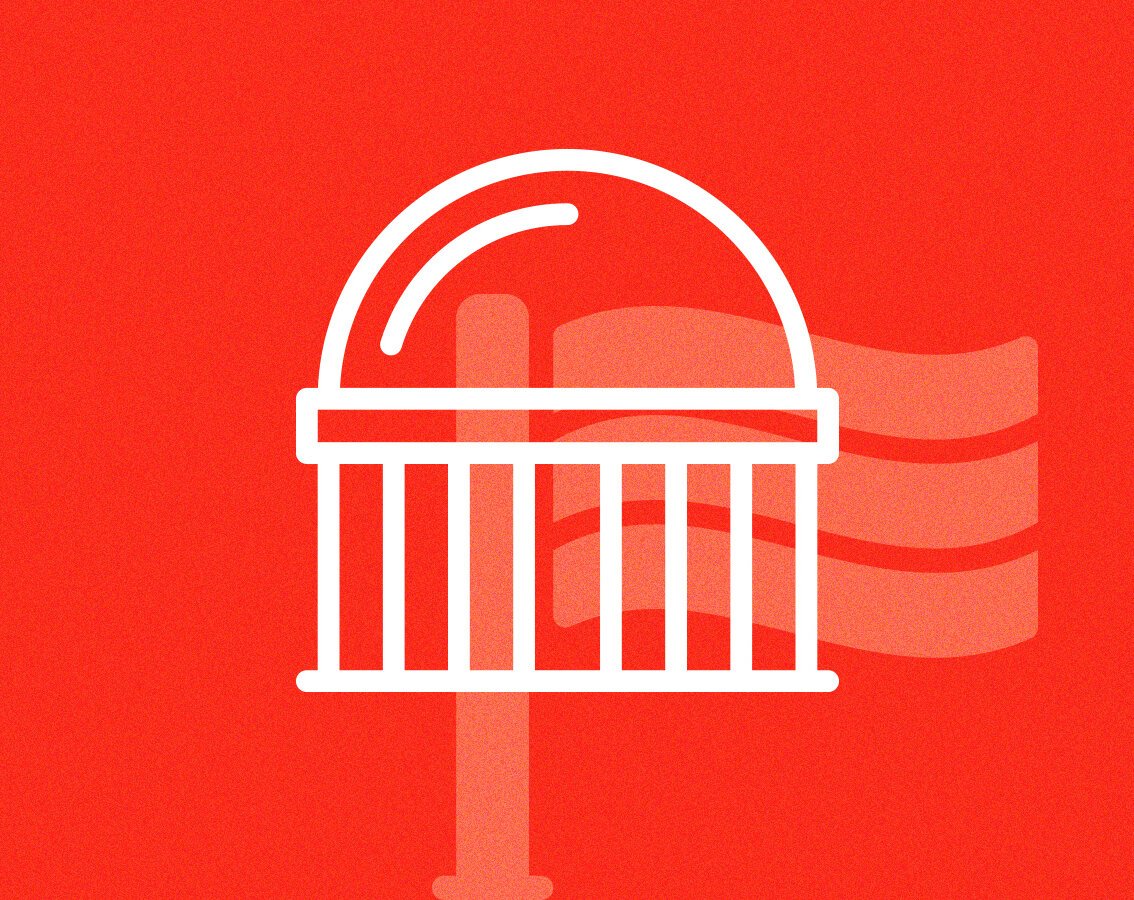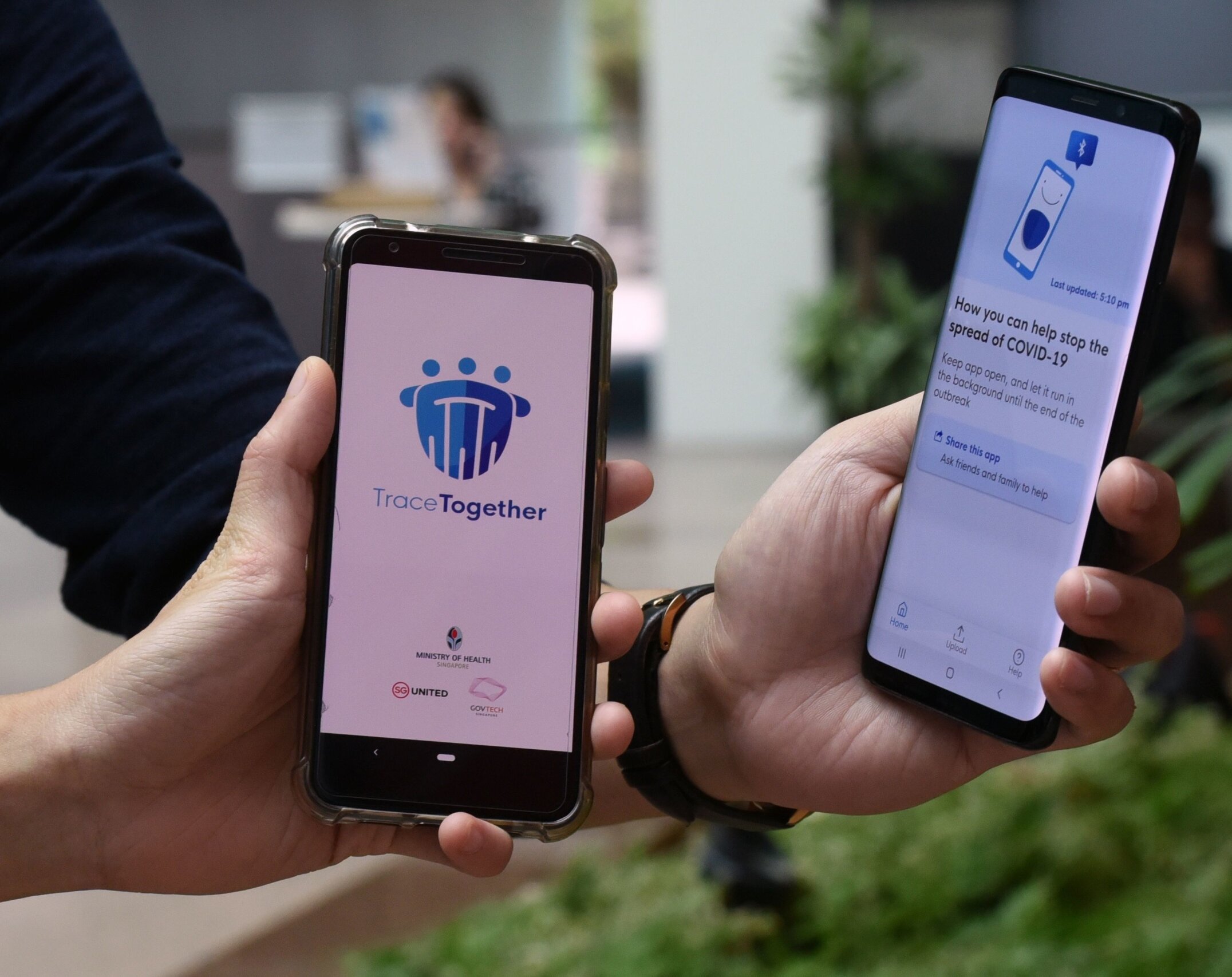blog
How Mobile Apps Are Changing The Face of Public Sector
By Siddhant Chaudhary App development March 12, 2021

In 2018, the global revenues from mobile applications amounted to more than $365 billion. And, this figure is estimated to reach over $935 billion by 2025. Given this, we can infer mobile apps' disruptive power in realizing true business value.
Information and technology have significantly transformed the private sector for the good. From reimagining work processes to efficient delivery of services, mobile apps have played a major role in boosting private sector productivity. However, the public sector has been ineffective in seizing this opportunity of inventing more efficient and better processes.
Mobile Apps and the Public Sector
Unlike the private sector organizations, the public sector remained unable to stay apace with the newer developments and the global digital transformation trend. Although this public sector's digital transformation has acquired priority in the last few years, it is still under its initial stages of development.
Mobile offers an added advantage that is not available over any other communication channel, such as a website, which is the ease of reaching out to the consumers. The country-state of Singapore alone has 8.4 million mobile subscriptions (as of 2019). According to another research, Singapore has a mobile penetration rate of over 82%, which is expected to increase in the subsequent years. In other words, the authorities can connect with the citizens through mobile apps as most Singaporeans are already using the mobile platform proactively.
Therefore, mobile apps have the maximum potential of reinventing the public sector over web-based applications. Additionally, mobile offers the flexibility of reaching citizens anytime, anywhere. Not only this, mobile applications allow the development of smart internal communication and information access media within the public sector agencies.
So, out and out, mobile apps present the public sector agencies with a special opportunity to steer productivity and efficiency while creating substantial improvements in their citizen services.
Roadblocks in Public Sector’s Journey Towards Mobile Apps
As we discussed earlier, mobile apps hold significant value for the public sector. Given this, the number of efforts in this direction may seem scarce compared to the associated benefits. Why?
The primary reason for this lies in the fact that the public sector has a predefined, limited budget that is often regulated.
The other hurdle has to be the inability to quantify the returns. For instance, by no technical means can one calculate the exact economic value of higher citizen engagements.
Simply put, justifying the public sector budget’s expenditure over a mobile application can be challenging due to inconsistent and intangible returns. So the next question is - what can be done under such rigid conditions? Experts have presented a solution that allows the authorities to save on their mobile app investment.
Letting the Private Sector Do the Developing
The government and its agencies have begun publishing and accepting data and information in order to create openings for the private sector or third-party developers to take up the task of building a mobile application for its citizens.
To put it simply, the government agencies are renegotiating their relationships with the public by enhancing the scope of the private sector to help the citizens. Over the last few years, we have witnessed numerous such instances wherein this collaboration between the public and private sector successfully yielded positive results. One such splendid example is Singapore’s Land Transit Authority (LTA).
Singapore: Leading by Example
As you may already know, the Singaporean government is committed to its Smart City initiative of creating a sustainable future for its citizens. Under one such venture, the Land Transit Authority of Singapore came up with the idea of DataMall.
DataMall is a one-of-its-kind online platform where LTA publishes transport-related dynamic and static datasets. The data is for the perusal of third-party developers, enterprises, researchers, and others from the public to encourage co-creation within the community for innovative and advanced tech-powered transport solutions. Consequently, the agency has succeeded in amassing participation from several third-party developers in its App Zone. These apps provide services related to transport, such as taxi booking services or bus arrival time, among others.
Public Health Services and Mobile Apps
One such area, apart from transport, is public health services. Like any other public sector service, citizens expect the healthcare services to be on the go. Healthcare, on the other hand, has virtually been a laggard in adopting intelligent tech-based solutions. Given the current global health sector situation, this domain has practically the largest scope for developers using the public sector data.
For instance, citizens can benefit from an emergency mobile application for first responders in potentially life-threatening circumstances where situational awareness is of the essence for the safety of the victims. Pushing information via mobile apps can not only come in handy under this situation but also save lives. Singapore-based Buuuk has been hard at work to build a healthcare system for the future via incorporating digital and mobile to it.
What happens is that the agency saves its app development cash, and yet the consumers enjoy an array of services. It’s a feat in its own sense, and experts anticipate the scope of more such advancements in areas of other public sector services.
Mobile presents the government and the public sector with the opportunity to bridge the productivity gap by adopting a “mobile-first” approach. Mobile also enables the public sector to reassess its business practices for transforming the government’s capabilities.



